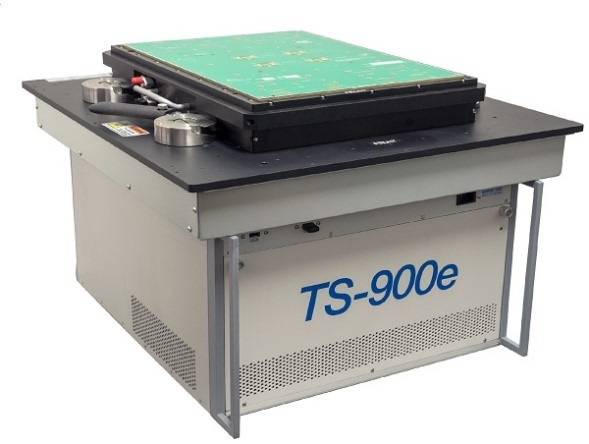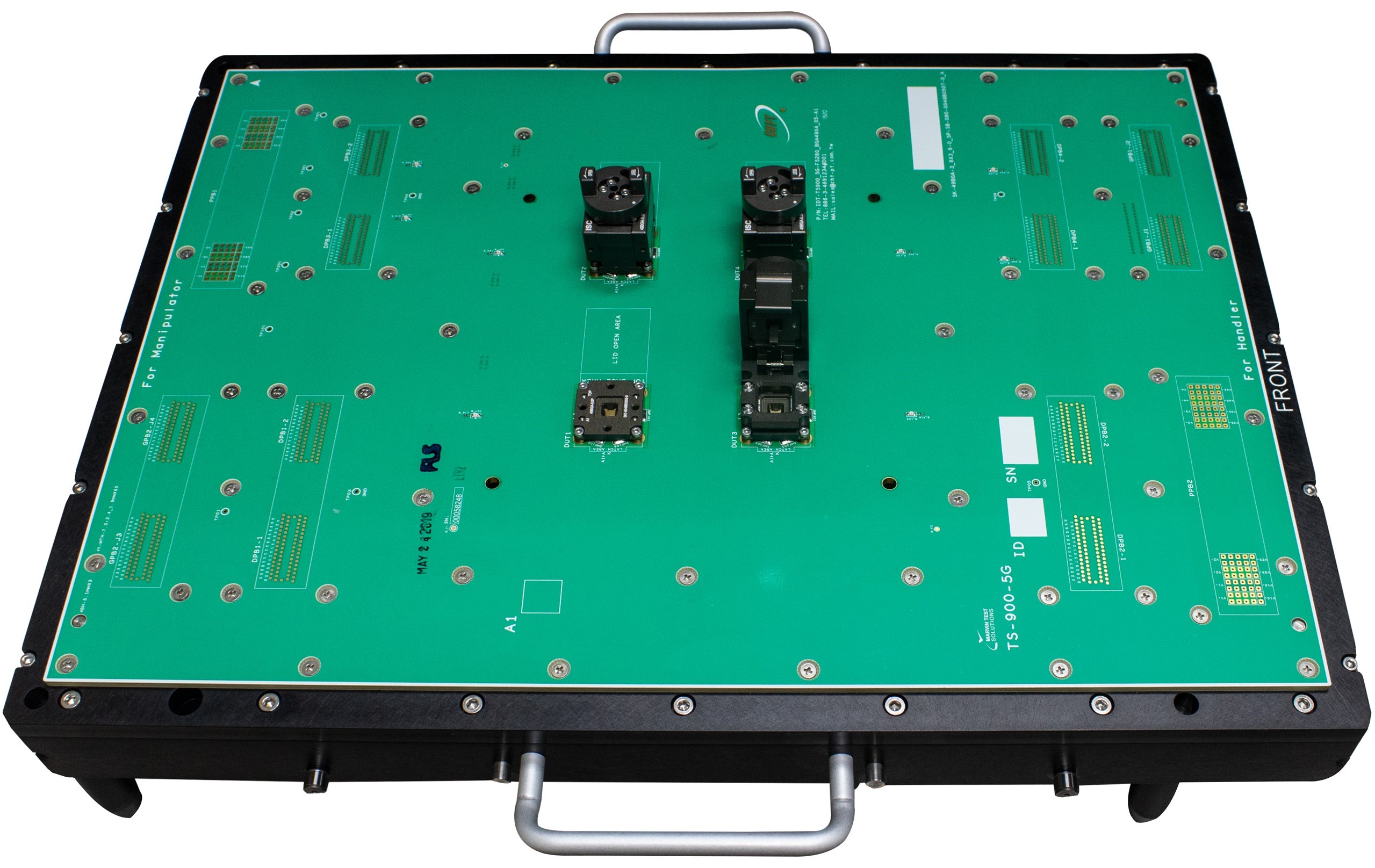mmWave beamforming devices are essential for implementing phased array and mmWave antennas, and with the emergence of 5G networks the demand for these devices continues to grow. Production test of these devices has been both complicated and slow, especially with the emergence of multi-port beamforming devices (5, 9 and even 17 mmWave ports) designed for 5G NR networks.
Test engineers were challenged to develop a solution that could address critical test requirements, provide high throughput for production test, maintain a small footprint and incorporate modularity for future expansion.
The test requirements for these devices include:
- Contact measurements
- SPI digital interface control
- DUT Register Write/Read Tests
- Intermodulation distortion measurements
- Power supply tests - Iddq, Iddq @ T/R Off/On, Iddq @ Sleep
- Gain and phase performance vs. programmable gain and phase settings
- S-parameter characterization (S11, S12, S21 and S22) for transmit and receive signal paths
MTS’ modular PXIe-based TS-900e–5G emerged as the ideal solution, offering multi-port mmWave vector network analyzer (VNA) instrumentation (53 GHz), high-performance digital test capabilities, and a flexible receiver interface ideal for both laboratory and production test environments.

In this example, the test application required support for four, 44 GHz beamforming, 5-port devices; 20 VNA ports were required to support the full complement of S-parameter measurements. In addition, the design of the load board for this application required that it be capable of supporting either manual device insertion or an interface to an automated handler.

Accurate VNA / S-parameter measurements at the DUT requires calibration to a reference plane, and this is ideally at the DUT. The technique employs both a standards calibration methodology to move the reference plane to the receiver interface, and then the one-port Automatic Fixture Removal (AFR) method to extract the S-parameters from the open fixture (DUT removed from socket). Utilizing this approach it was possible to move the reference plane directly to the DUT interface.
The system has demonstrated repeatable RF performance across all device ports, confirming the integrity and performance of both the receiver interface and the DUT load board. The complete system configuration includes VNAs (Keysight M9807), Digital I/O modules (MTS GX5295), SMUs (MTS GX3104 4-channel), and ATEasy™ (Test Executive and Development Environment).